Varanasi is an historical city in the northern part of India, not far from Nepal that is located on the banks of the holy Ganga (Ganges) River. It is considered the spiritual capital of India and the holiest city in Hinduism and Jainism with nearby sacred sites accredited to the early days of Buddhism.
People of the Hindu faith come from all over India to either die (as they believe it releases them from the rebirth cycle to reach salvation/nirvana) or be cremated on the banks of the Ganga. The sight of burning corpses in the open, or floating down the river, can be rather shocking. On the other hand, if you can see past these realities and observe pilgrims completing their ritual bathing at the Ganges ghats, with the yellow and oranges of the fading evening sun kissing the temple tops goodnight, then it really is one of the most surreal and impressive cultural experiences anywhere in the world.
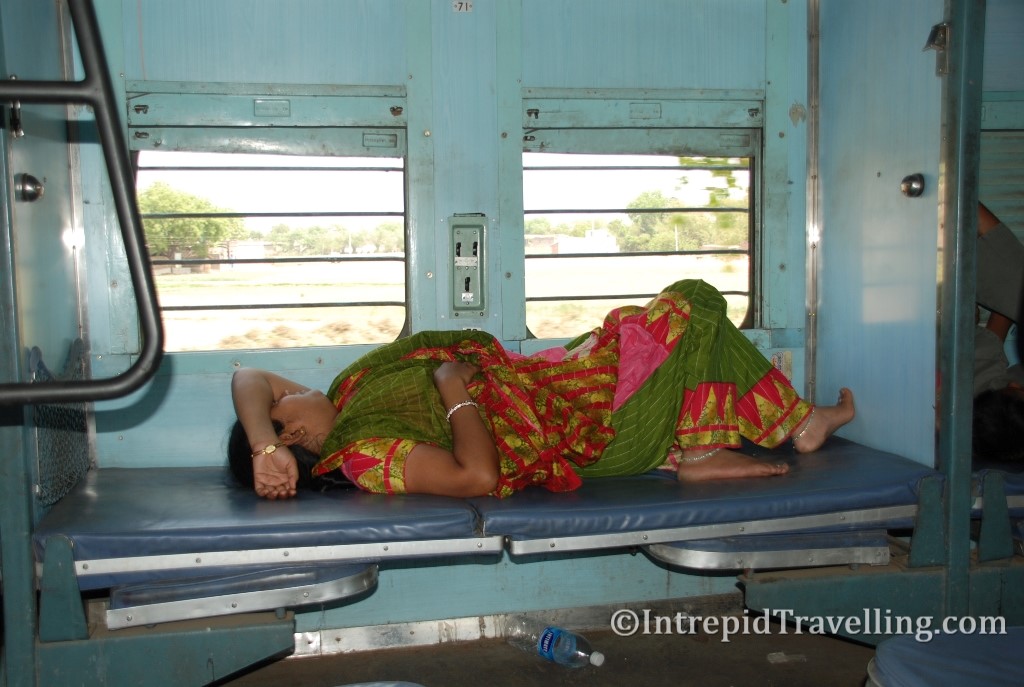
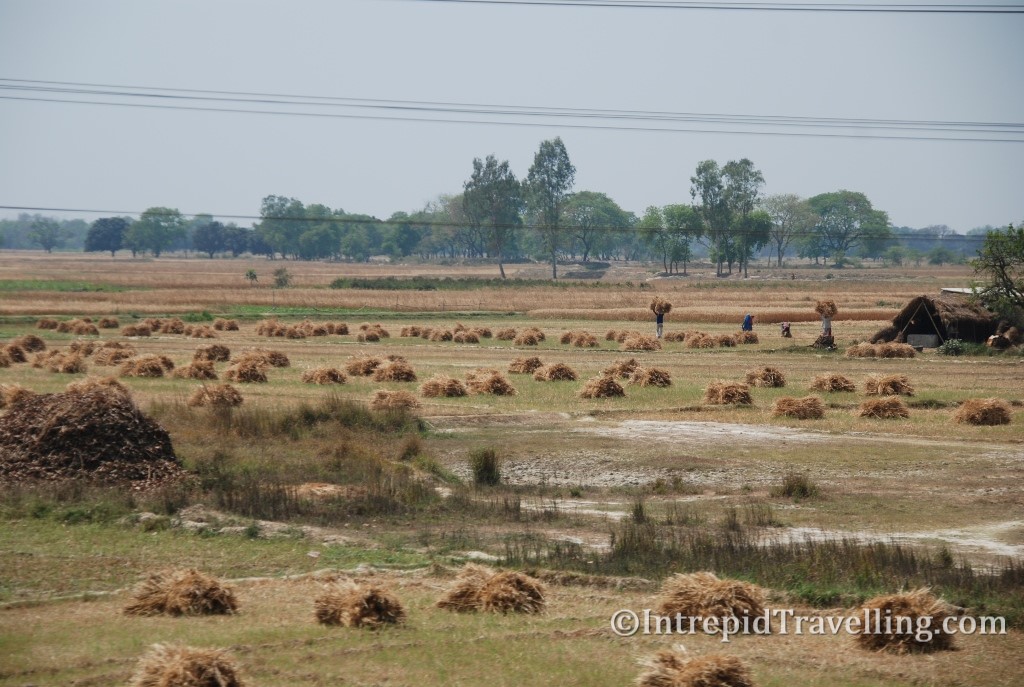
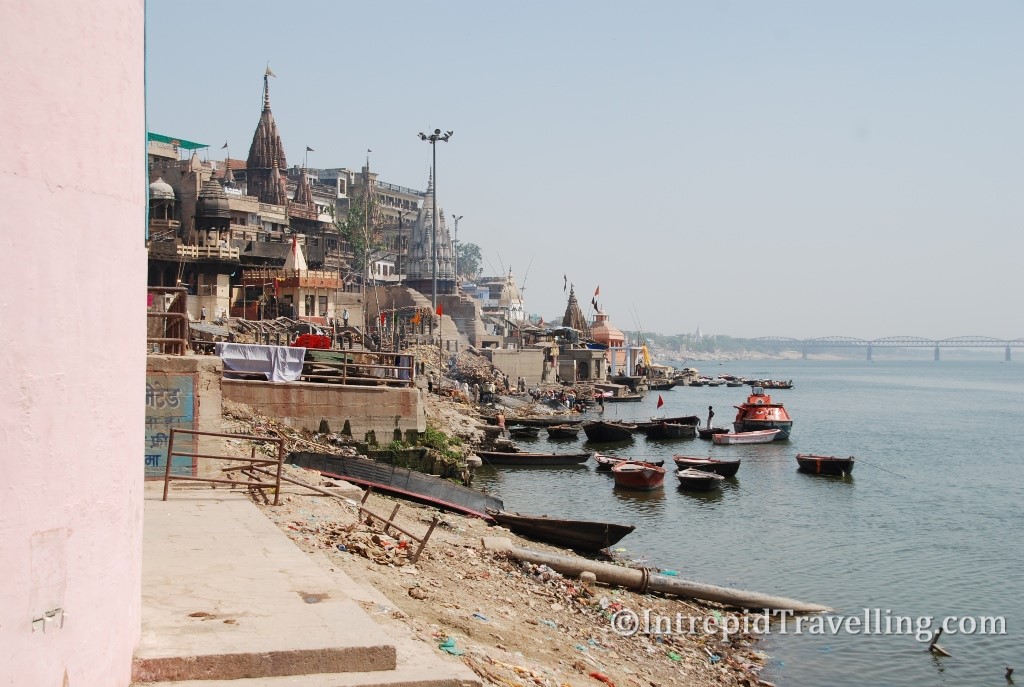
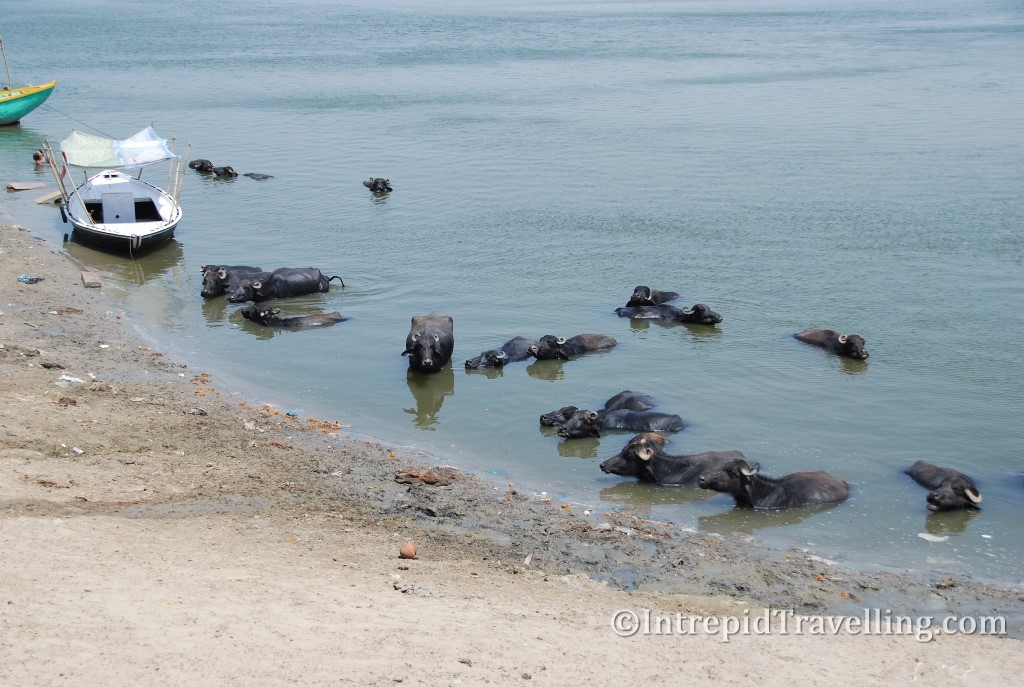
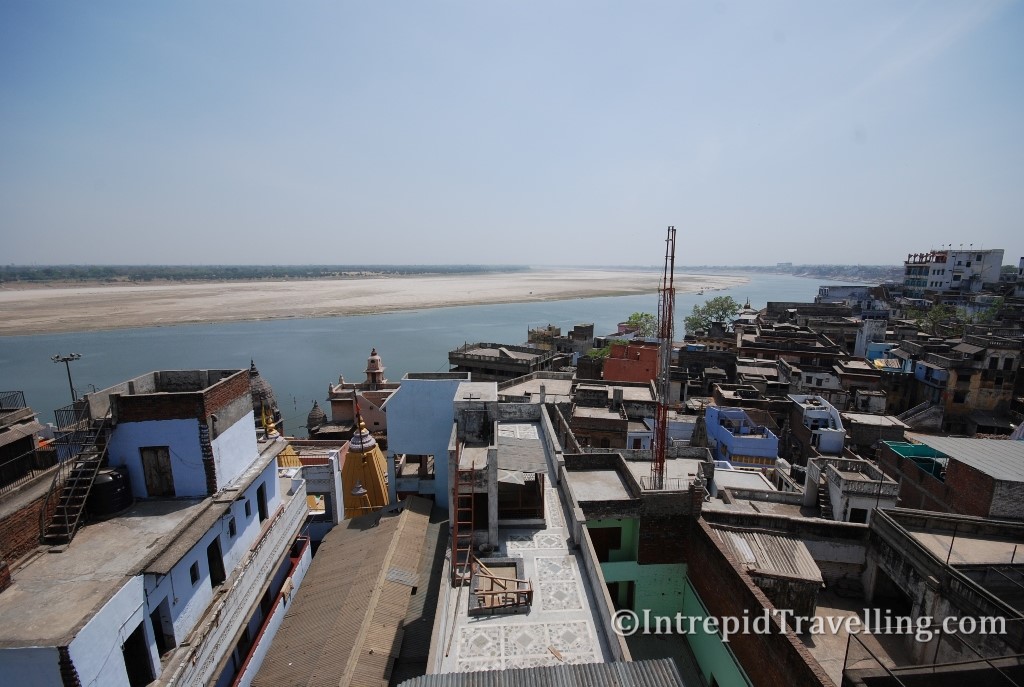
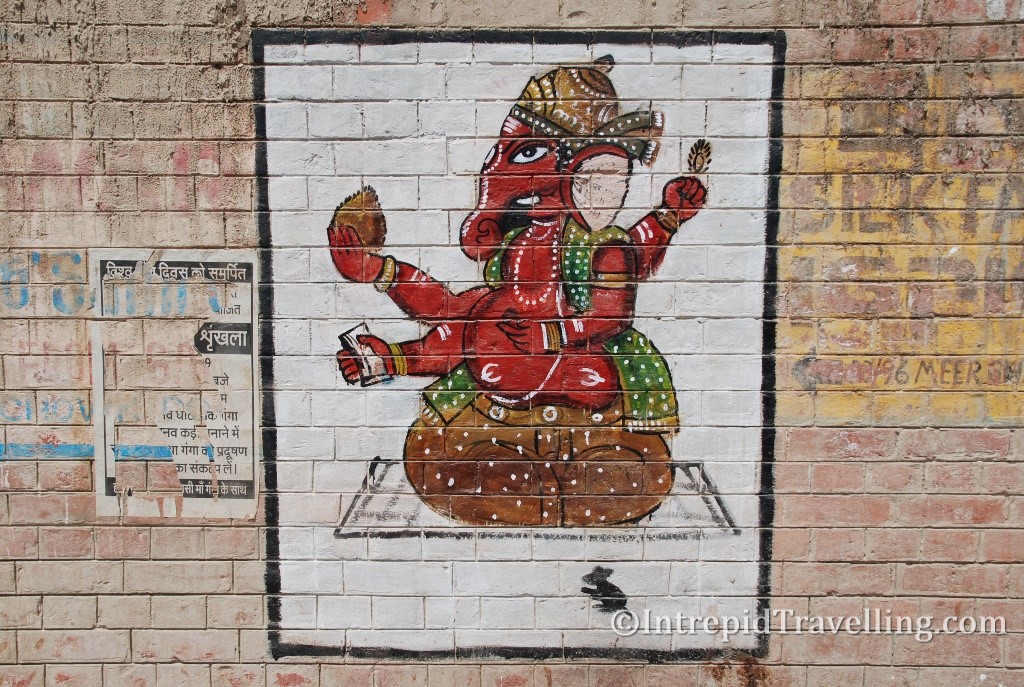
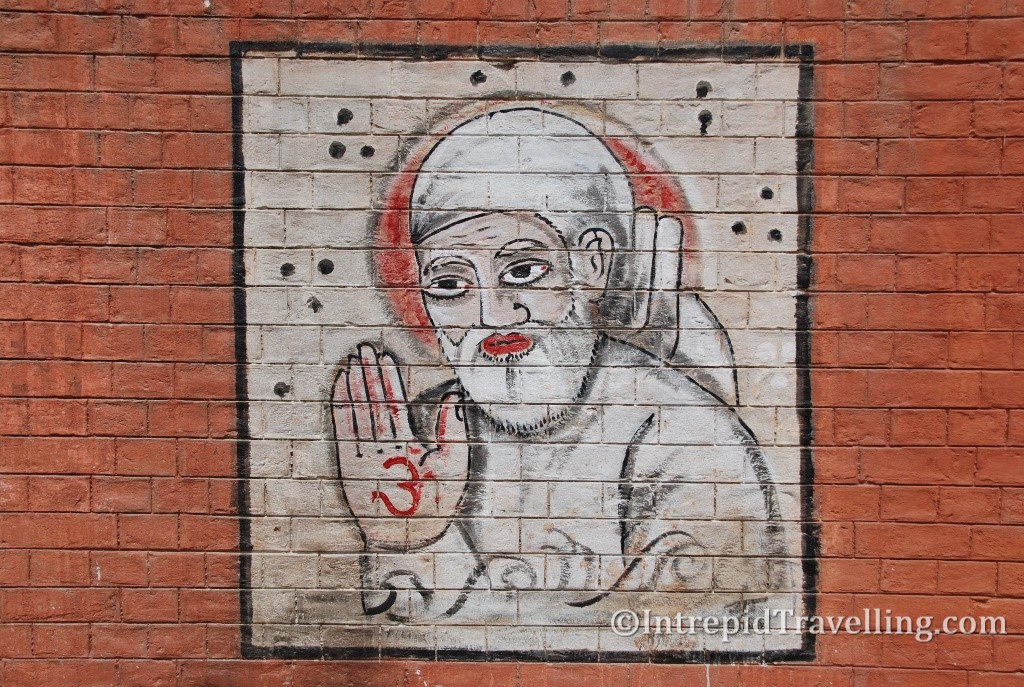
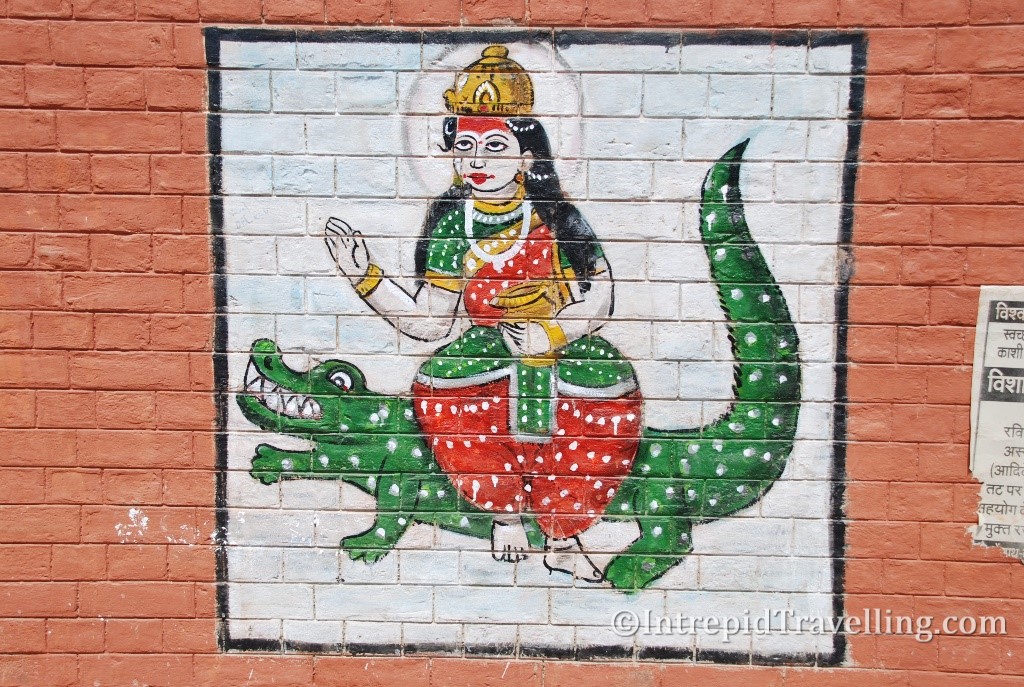
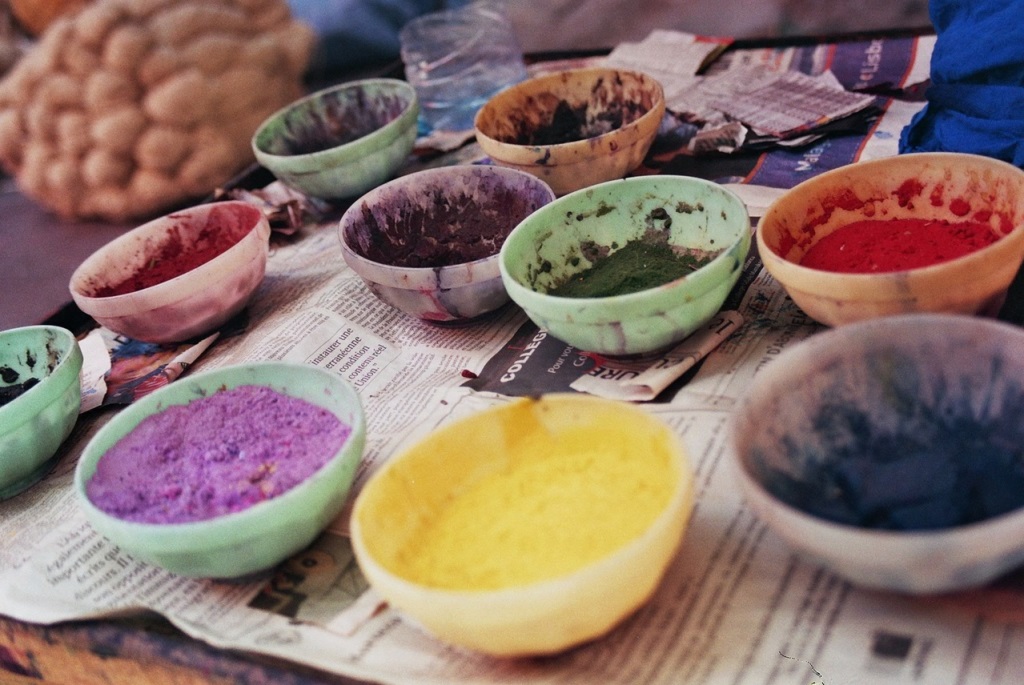
There are plenty of guesthouses to stay in Varanasi as it is well catered for backpackers. I recommend finding close to the river that has a rooftop terrace, as this is a great way to relax and experience Varanasi especially if it affords views down the Ganges as the street life, and sights of the shoreline ghats, can be intense. Just be careful of those who might meet you at the train station and claim to be from the guesthouse that you found in a Lonely Planet or Rough Guides book, as often they have renamed another guesthouse to trick travellers into staying at a place with the same name.
On our first evening in Varanasi, Marius (my travel companion I knew from University) and I would sit and view the public cremations for an hour or so, watching as body after body was brought down and placed on the faggots to be cremated. You can also join the popular boat rides at sunrise or sunset which will take you up and down the river to the various ghats where the cremations are taking place as well as to Dasaswamedh to watch the aarti ceremony at sunset.
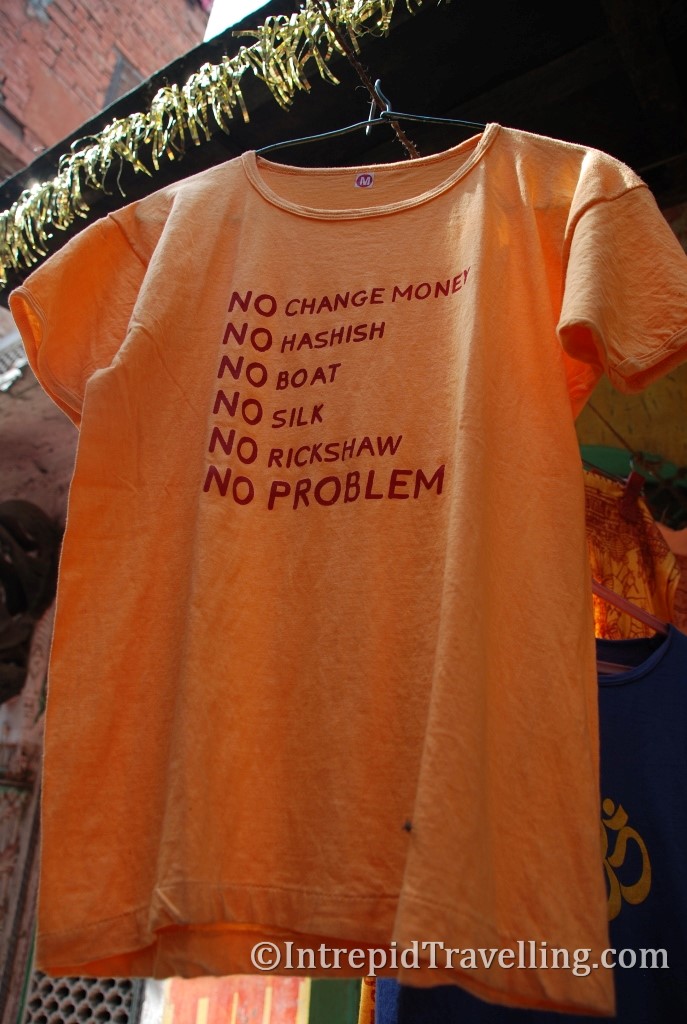
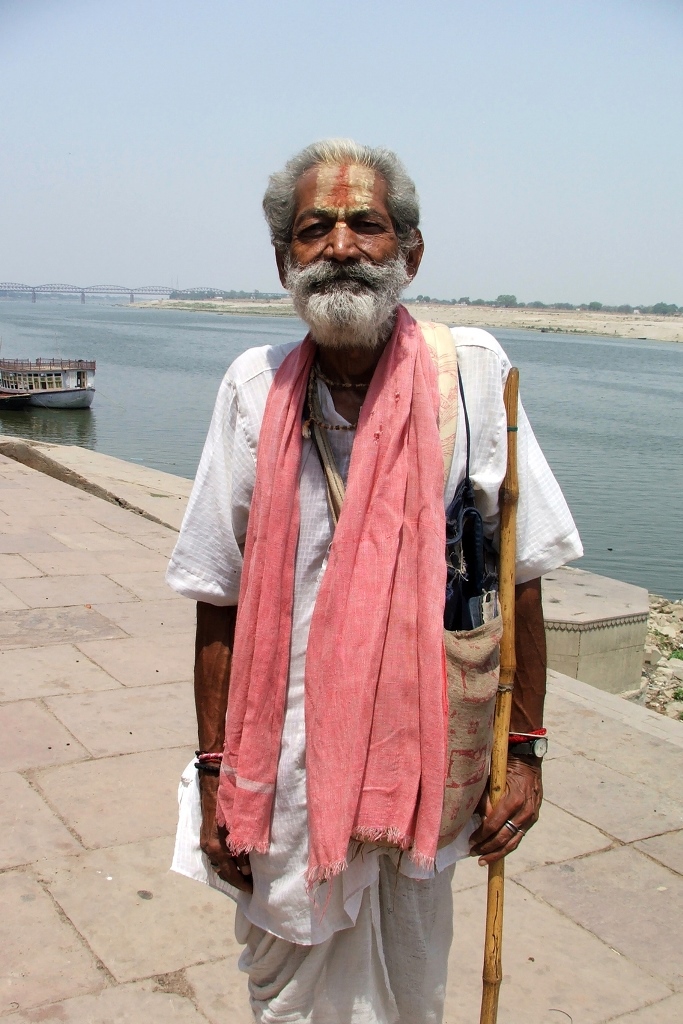
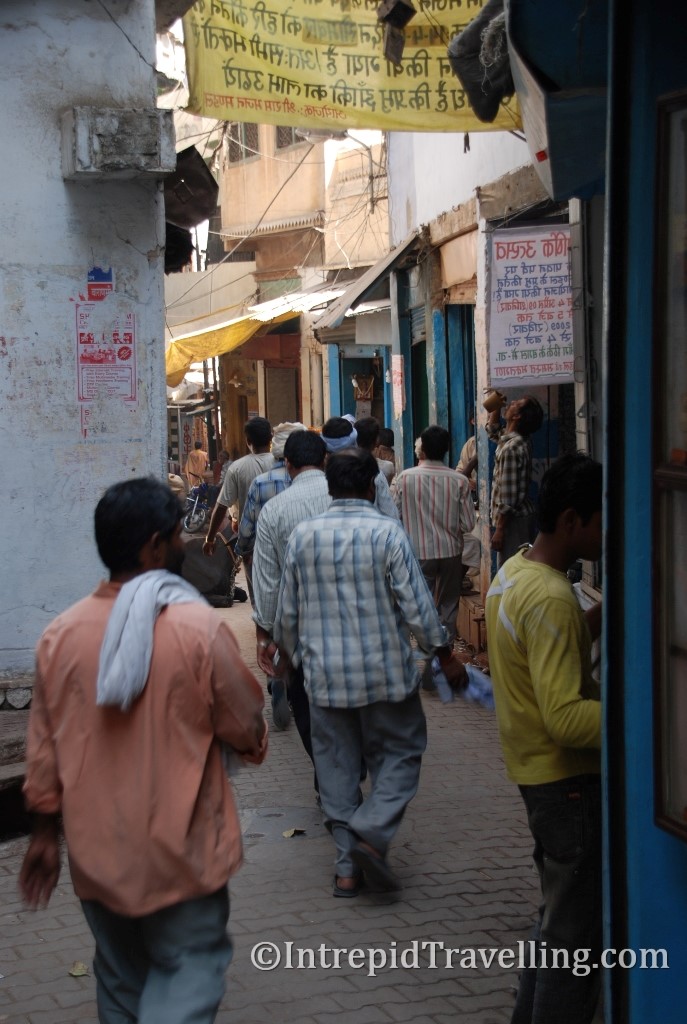
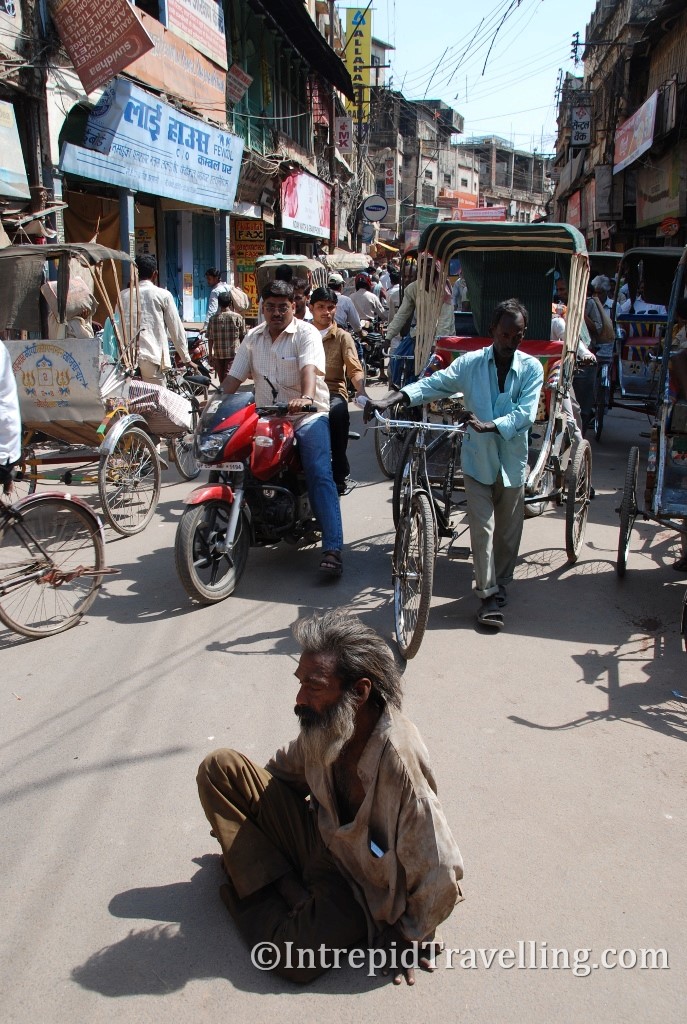
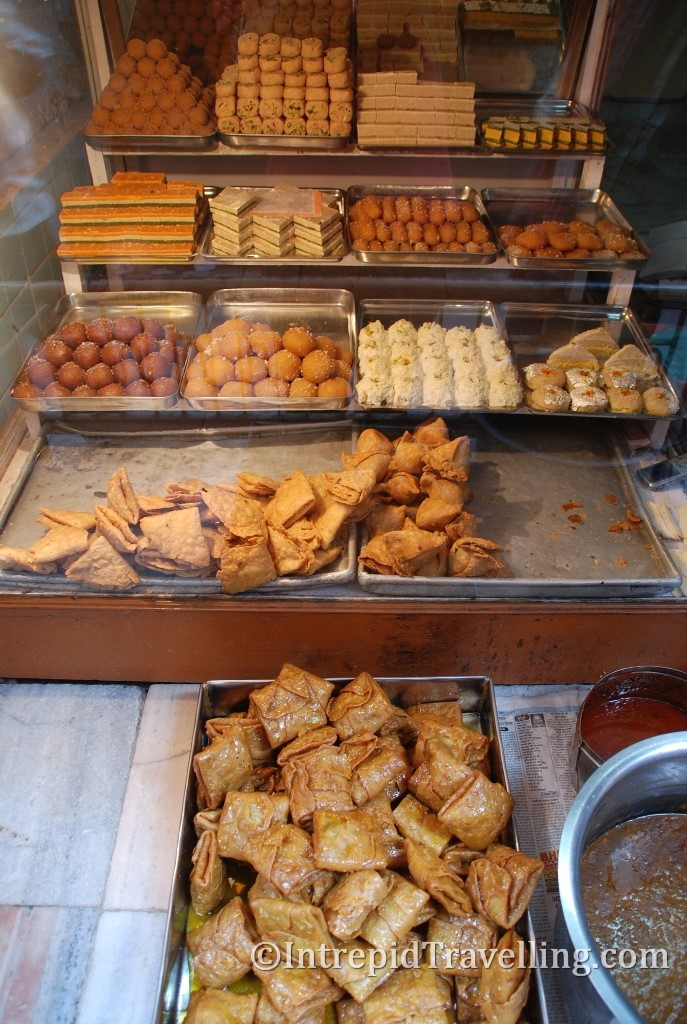
Surprisingly, initially I didn’t find myself too affected by the sight of the human cremation; it seemed strangely normal. That was until one of the doms (outcast body handlers) would push the limbs around, even flipping the burning corpse over to facilitate the cremation. At that point the unnatural sight of watching arms, feet and chest cavities burn became apparent to me. Even though it’s a no photo area, people will approach you and say “Photo possible for money”, it seems even here nothing is sacred.
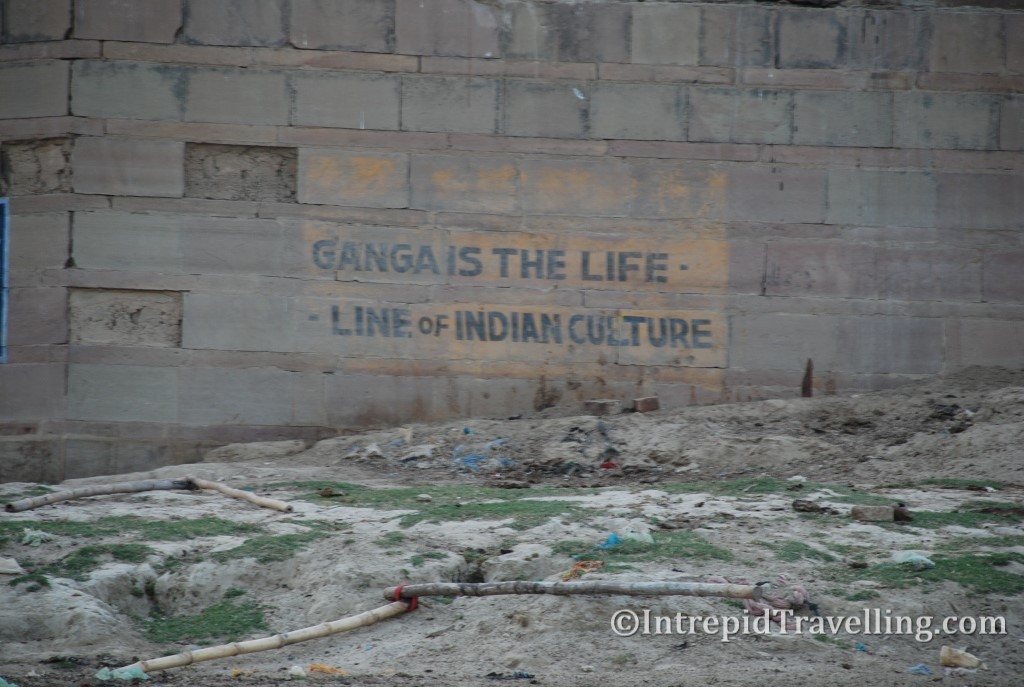
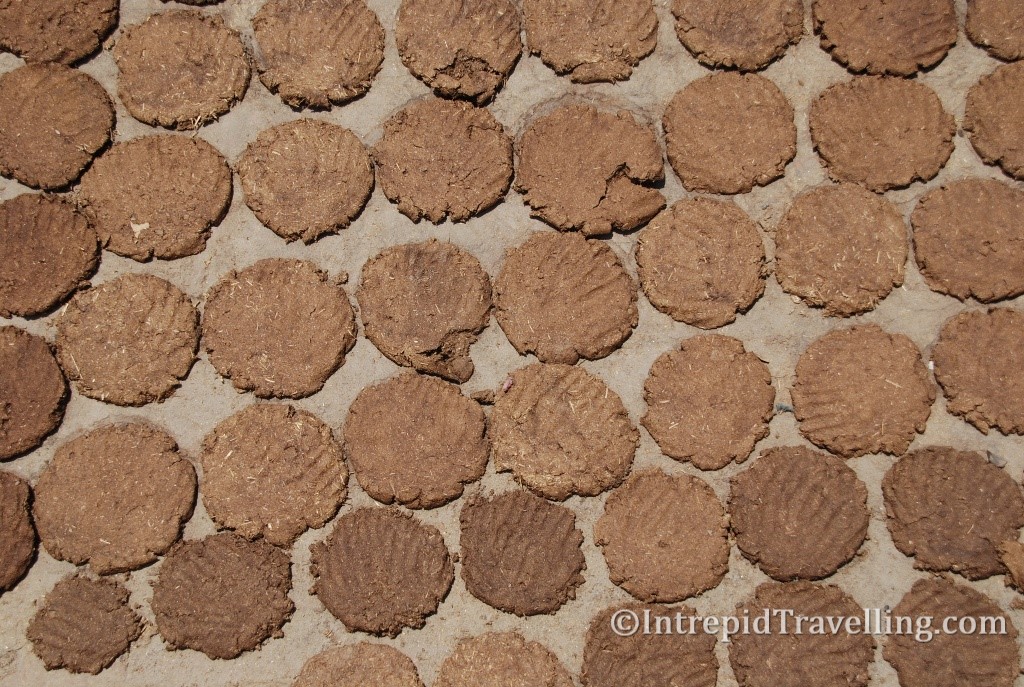
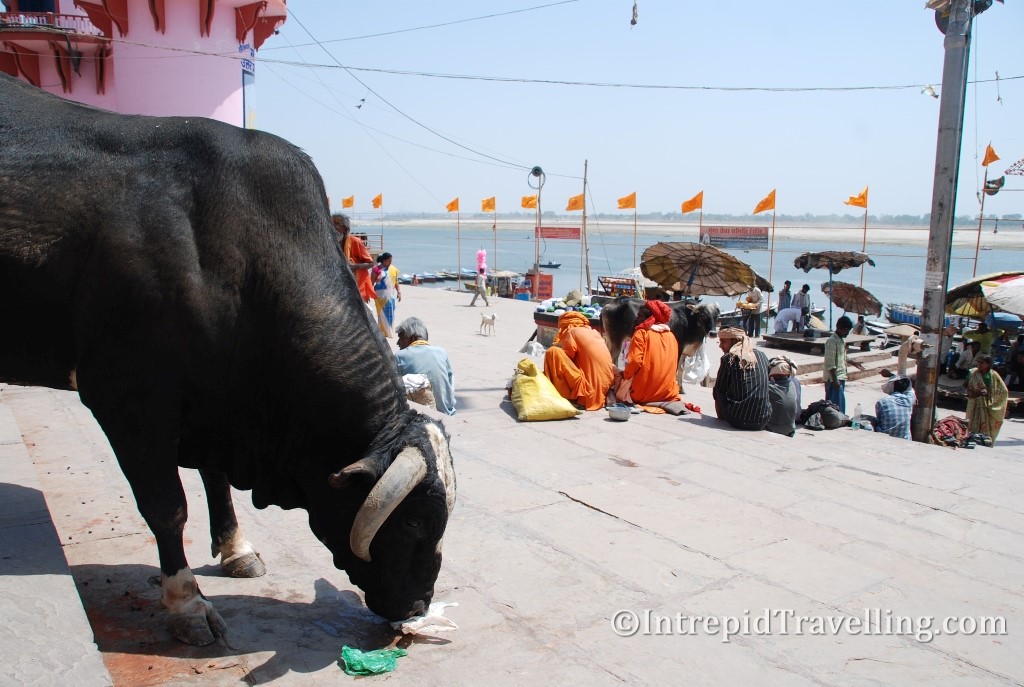
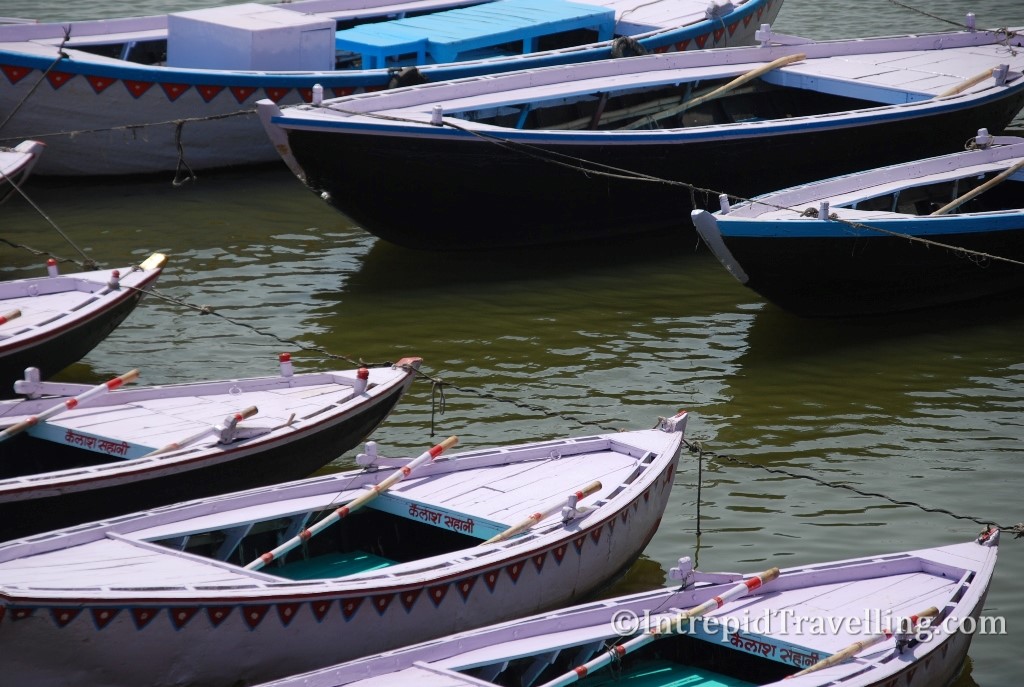
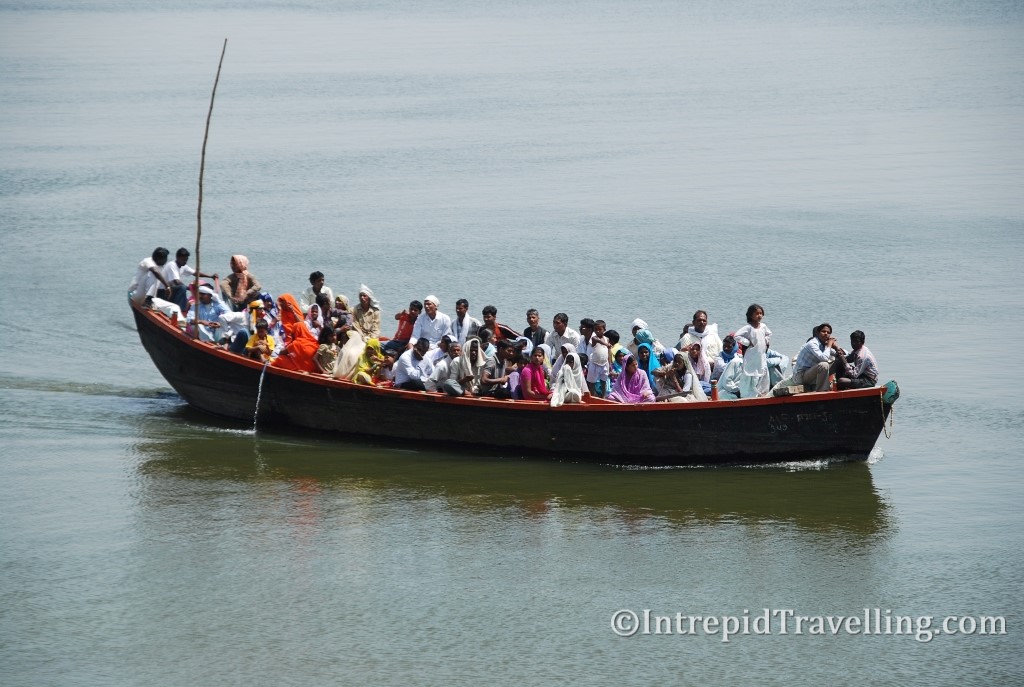
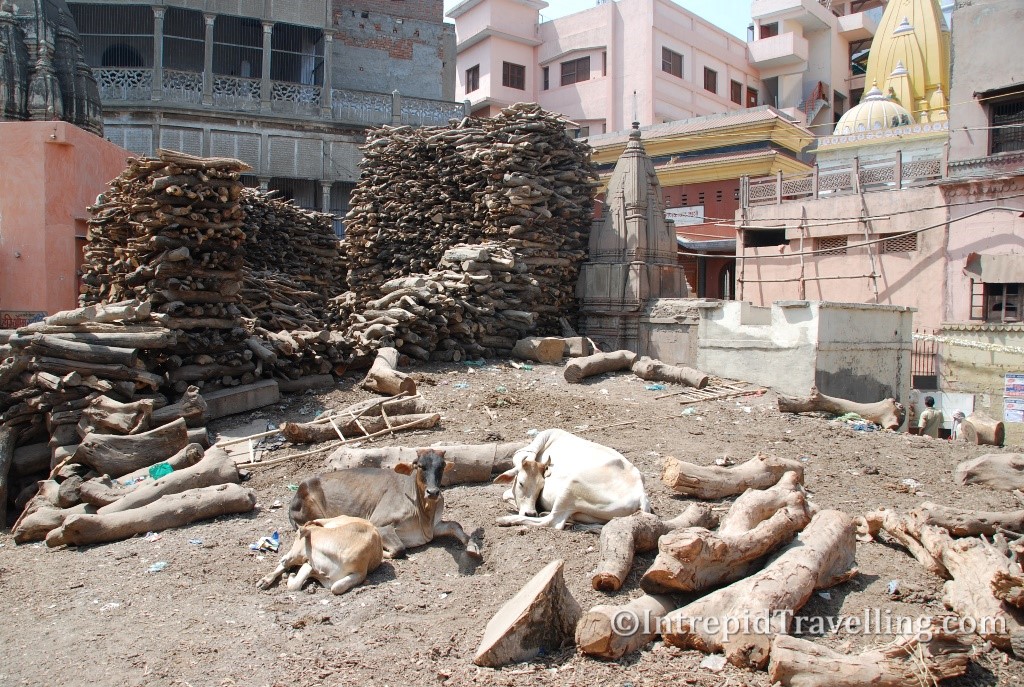
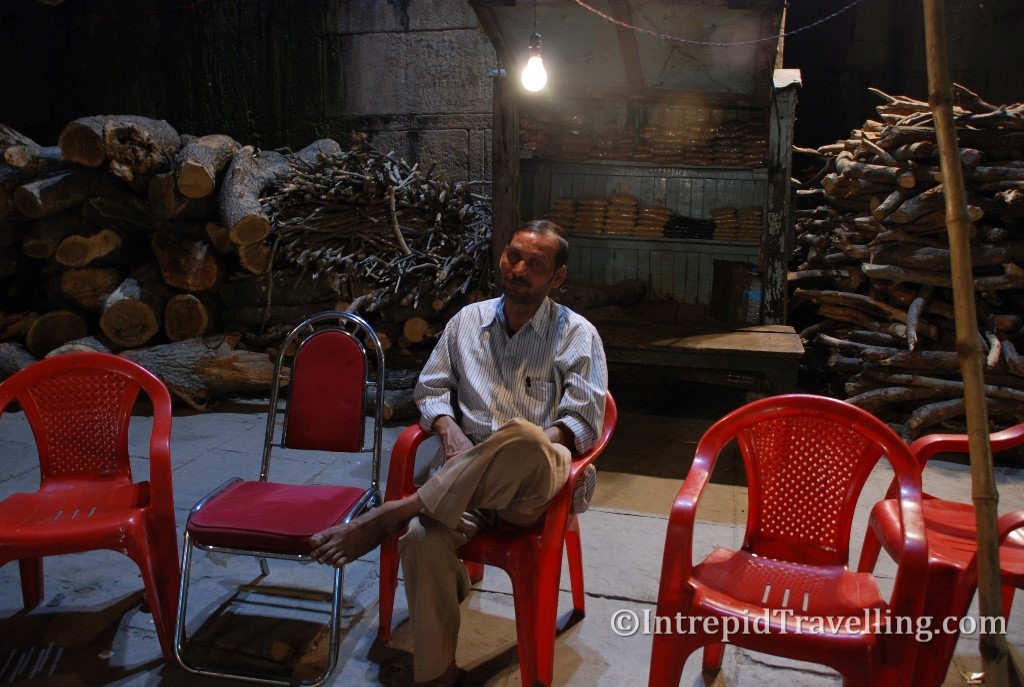
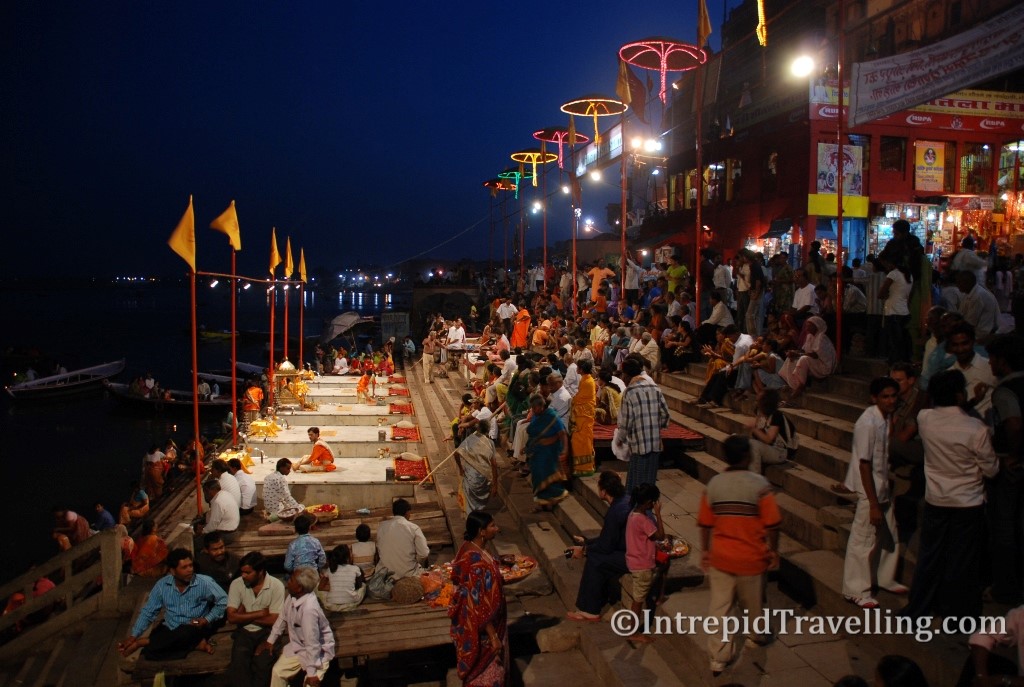
One of the simple attractions of Varanasi is just to explore the sights, smells and sounds of the narrow and twisted alleyways. You’ll need to watch out for the ever present sacred cows which wander the streets too and dodge the motorbikes which annoyingly toot their horns; rather ear piercing when in a confined alleyway.
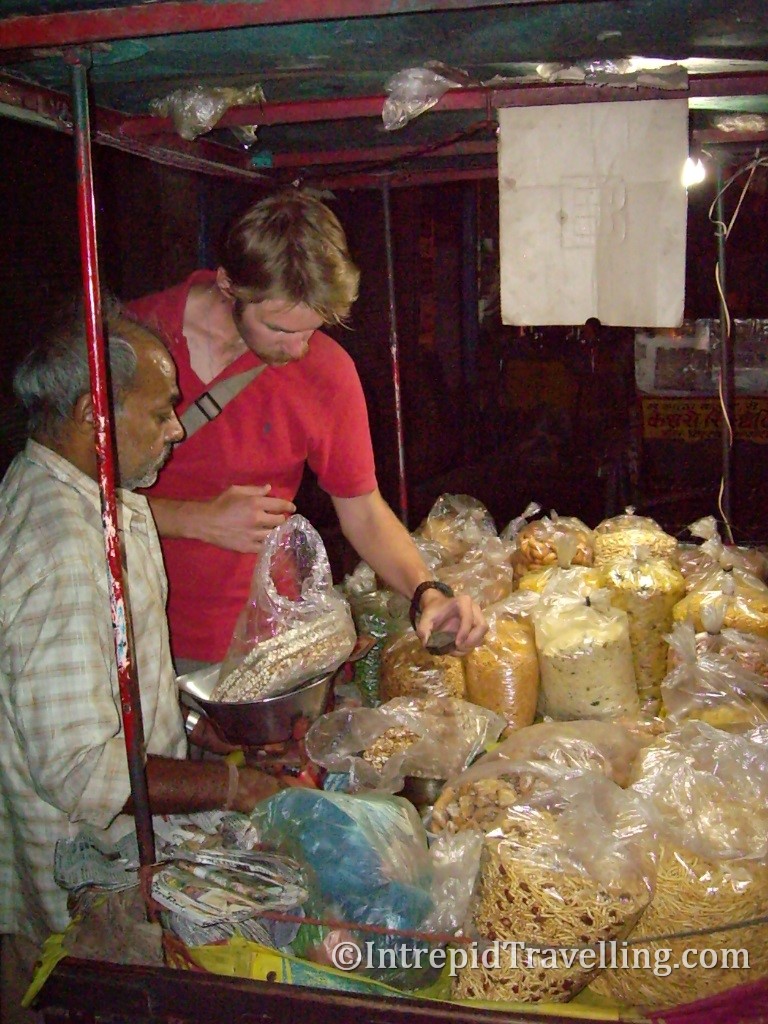
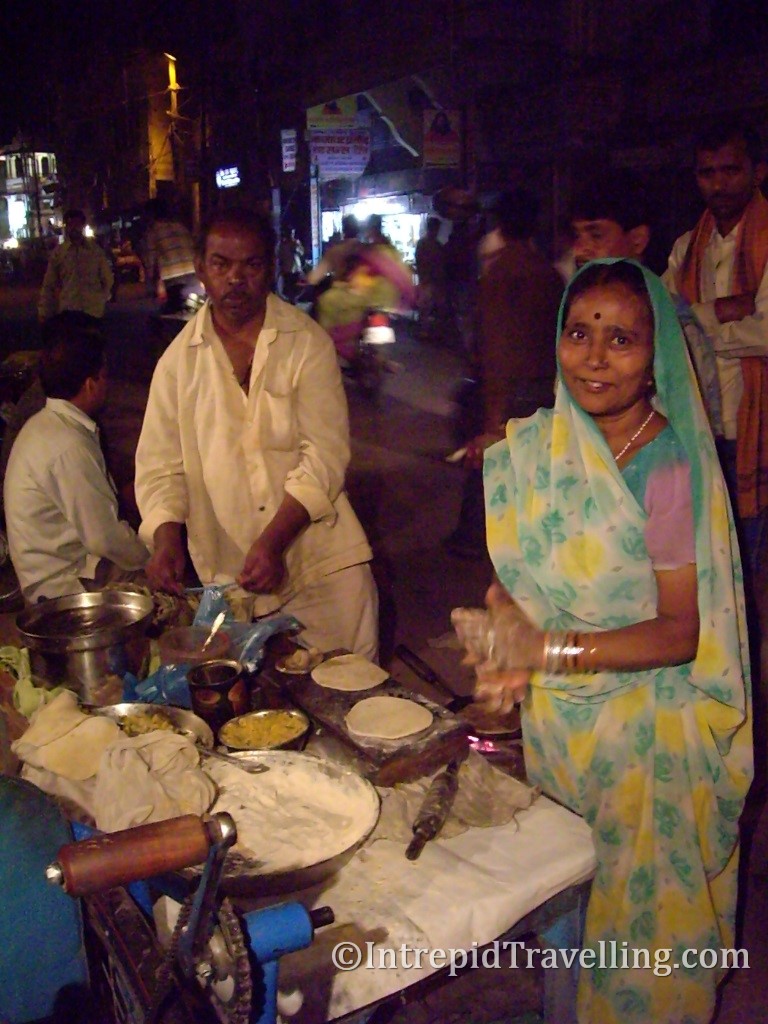
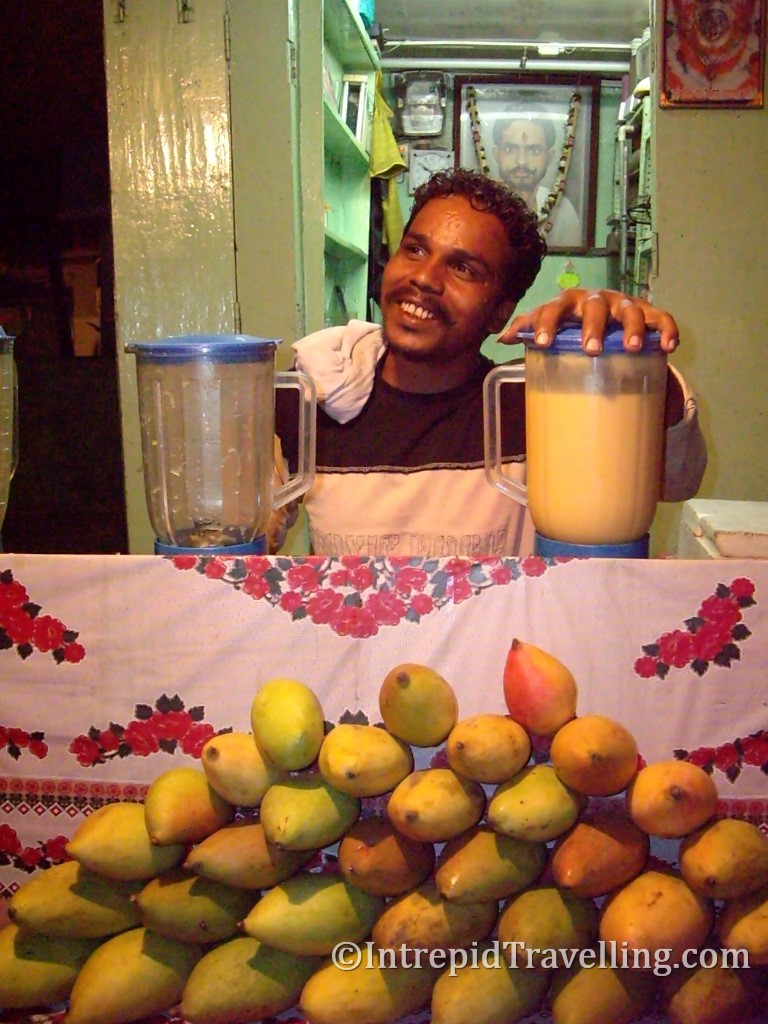
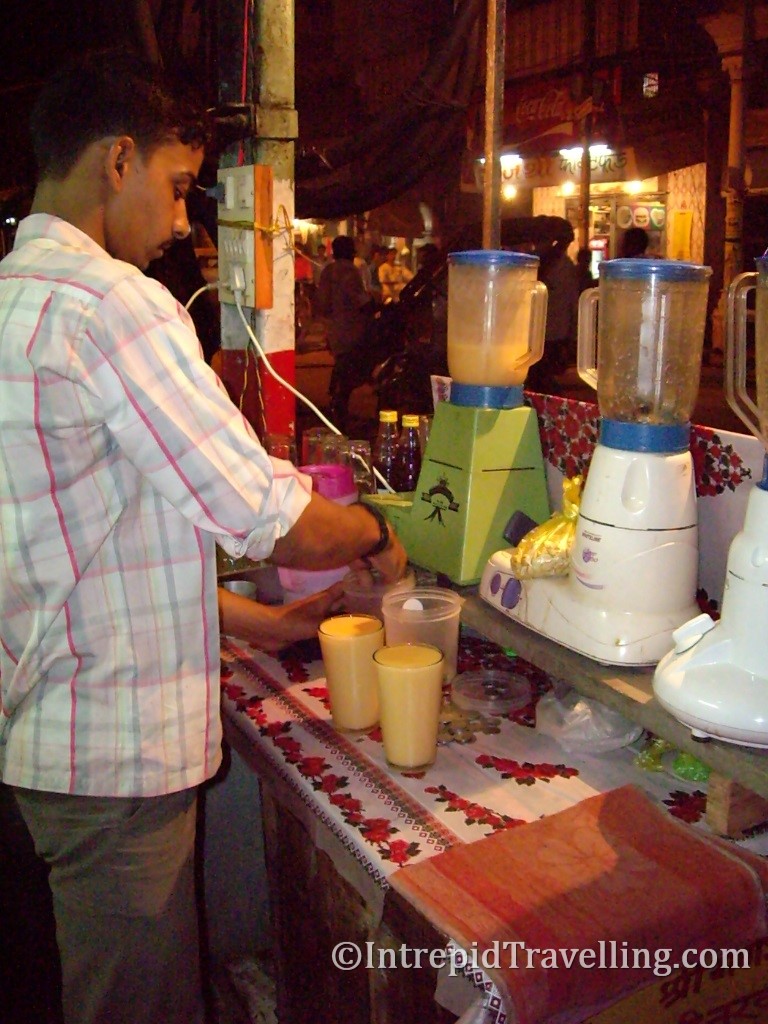
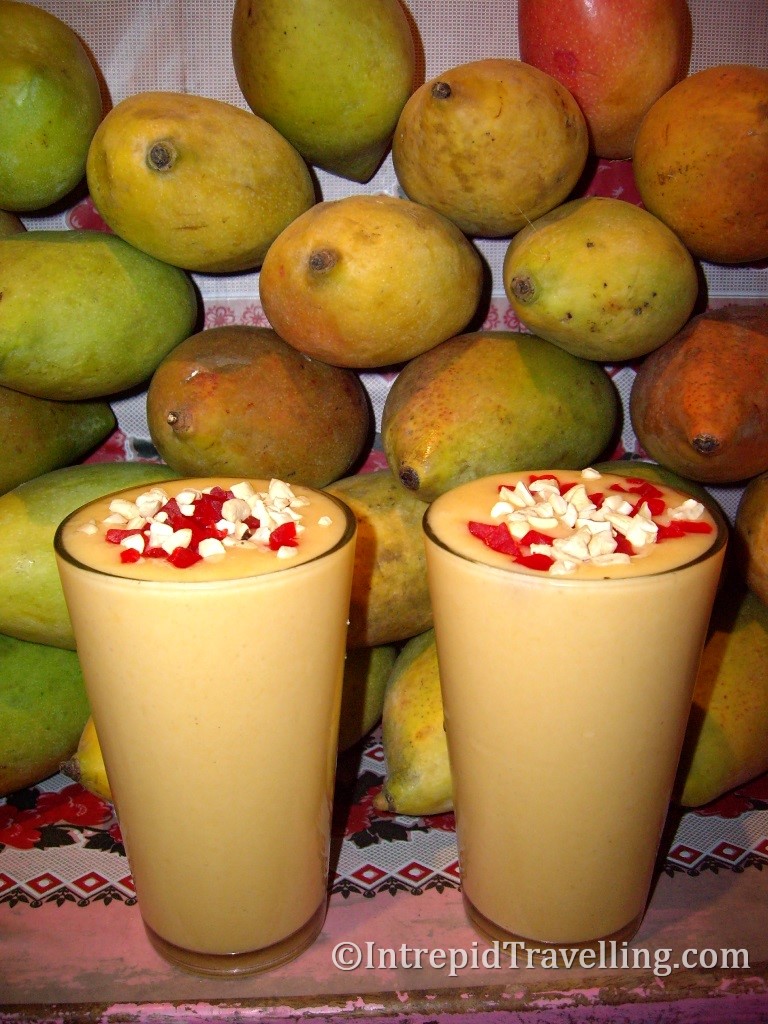
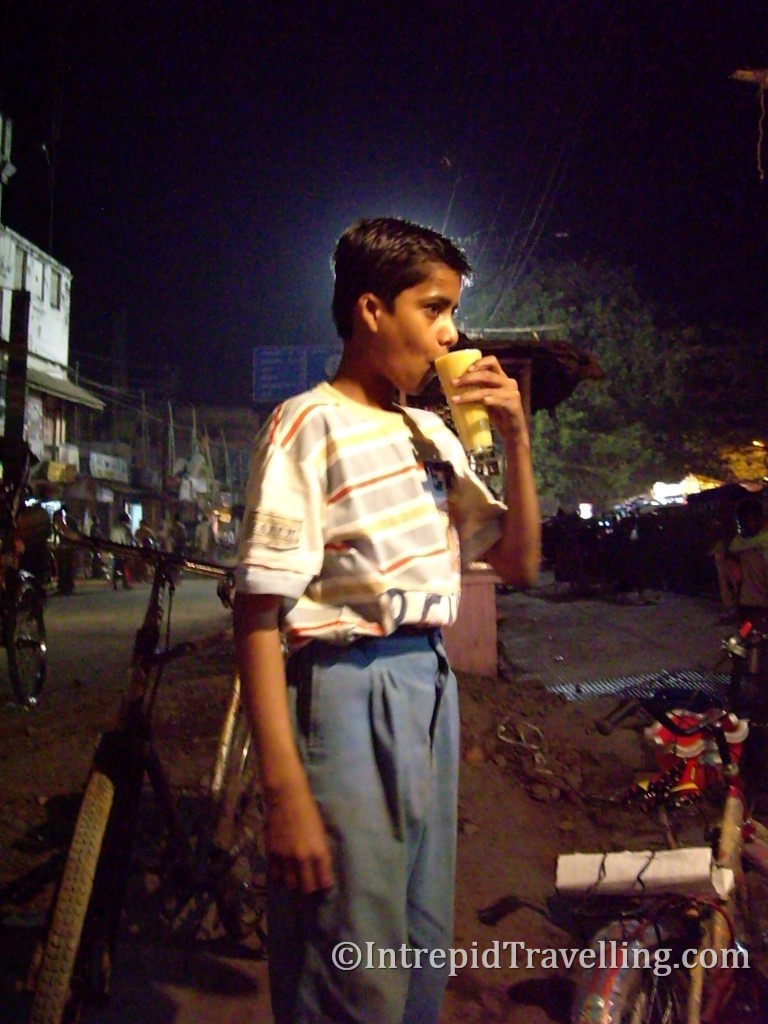
During the summer or spring months Varanasi can get hot, so if you see a mango smoothie stand, so be sure to try one. We found a seller with smoothies for 10 rupees each (USD $0.15), and they were seriously amazing. Chewing tobacco is responsible for the vast majority of the red stained walls and spitting you’ll witness as the locals chew the red nut/tobacco combination.
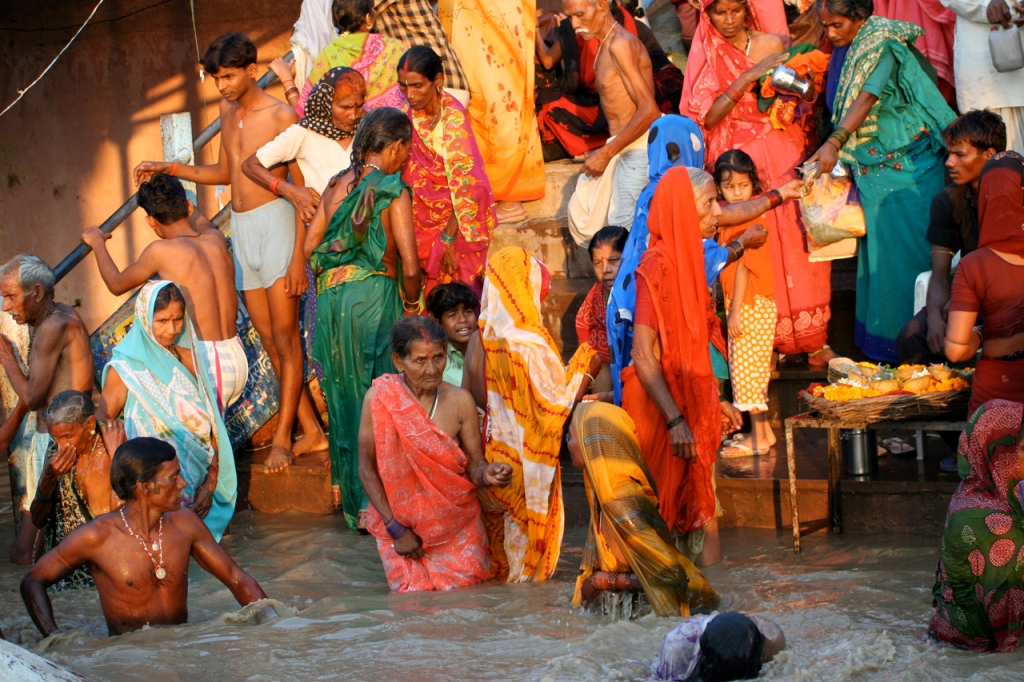

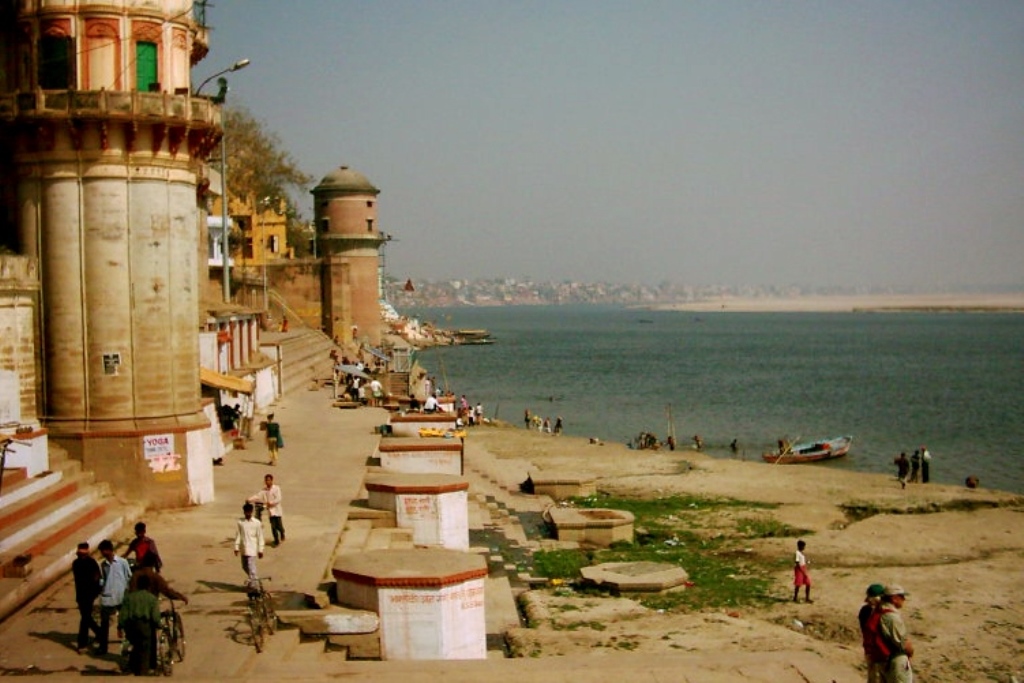
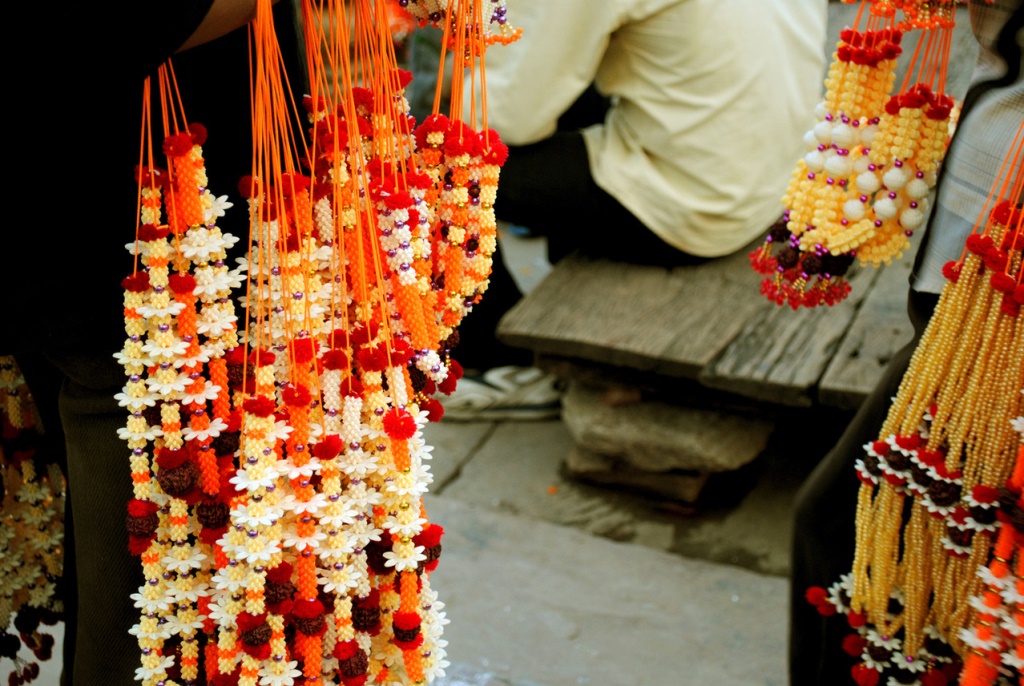
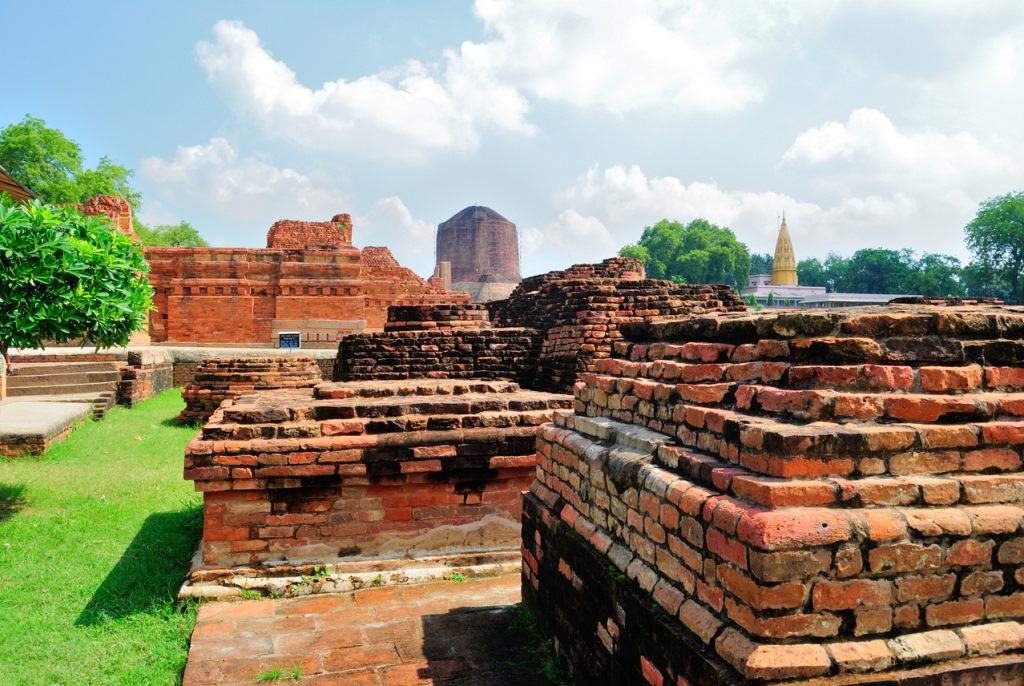
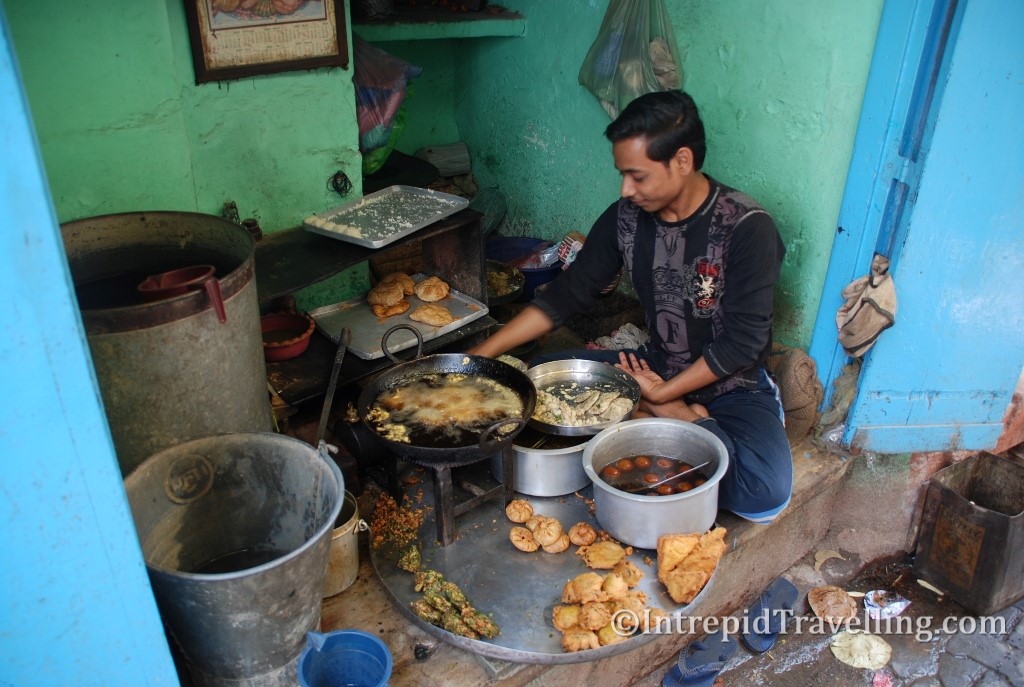
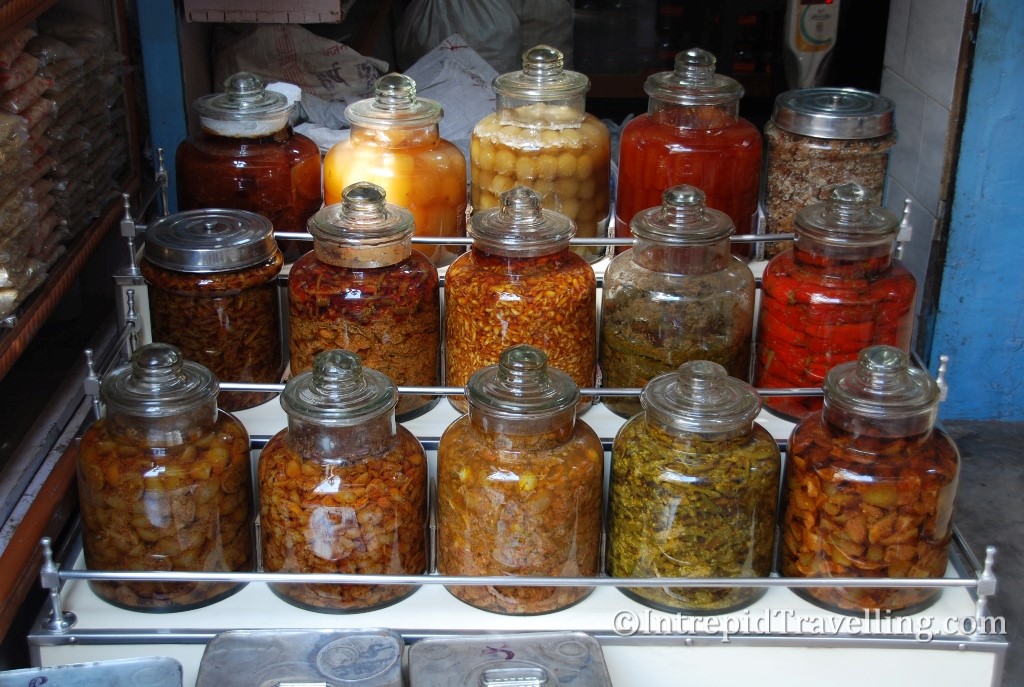

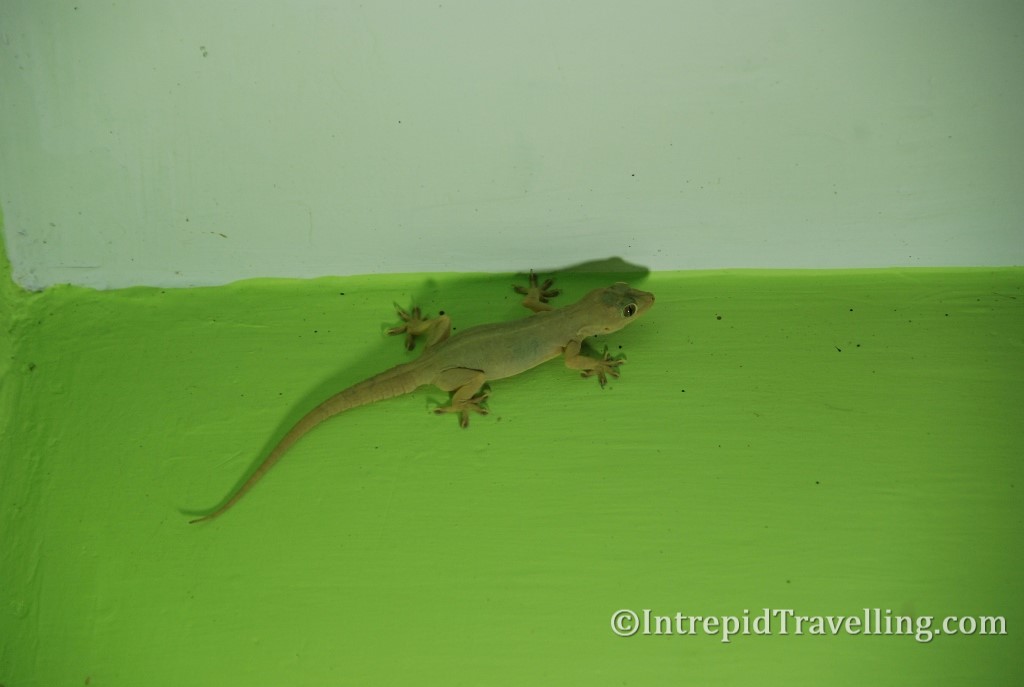
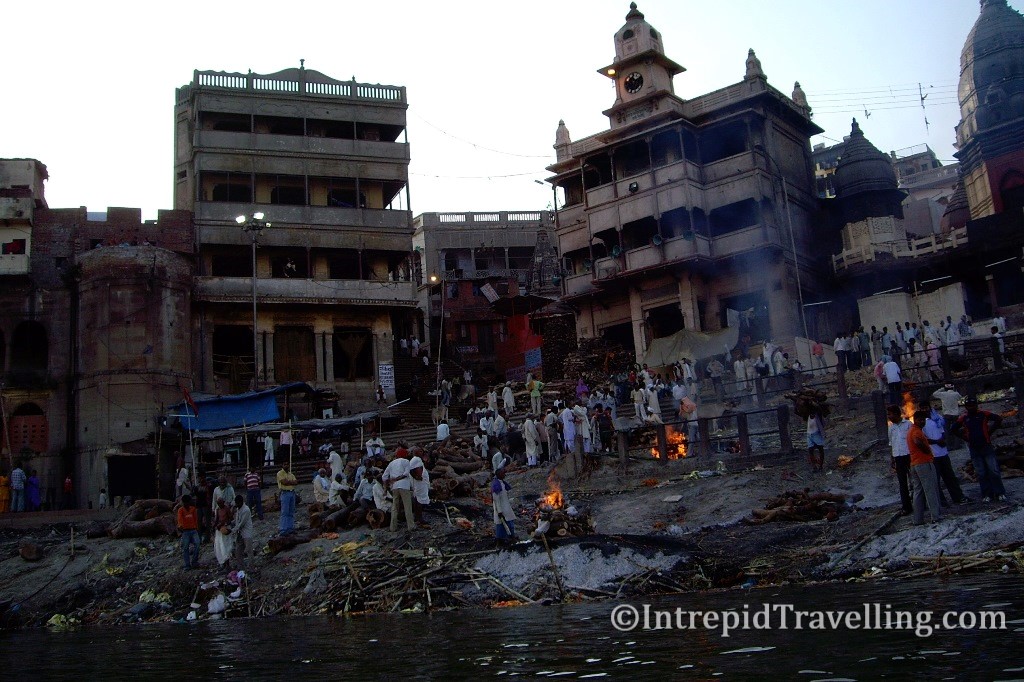

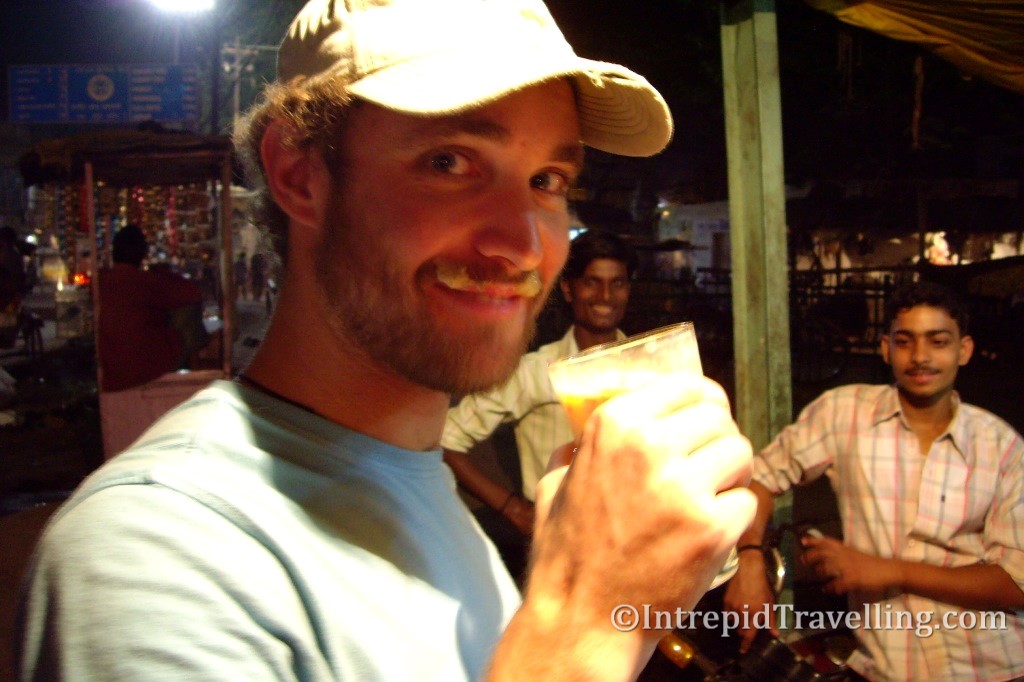
As an option to break up the intensity of your time in Varanasi, about 10km to the north east of the city lies the town of Sarnath which is an important Buddhist site, here you can wander open grounds and see the Dhamekh Stupa first hand.
From Varanasi, Marius and I would continue our intrepid journey on towards Nepal, bound for Kathmandu, to prepare ourselves for a three week trek up and around the Sagarmatha National Park to the Mount Everest Base Camp in the Nepalese Himalaya.




